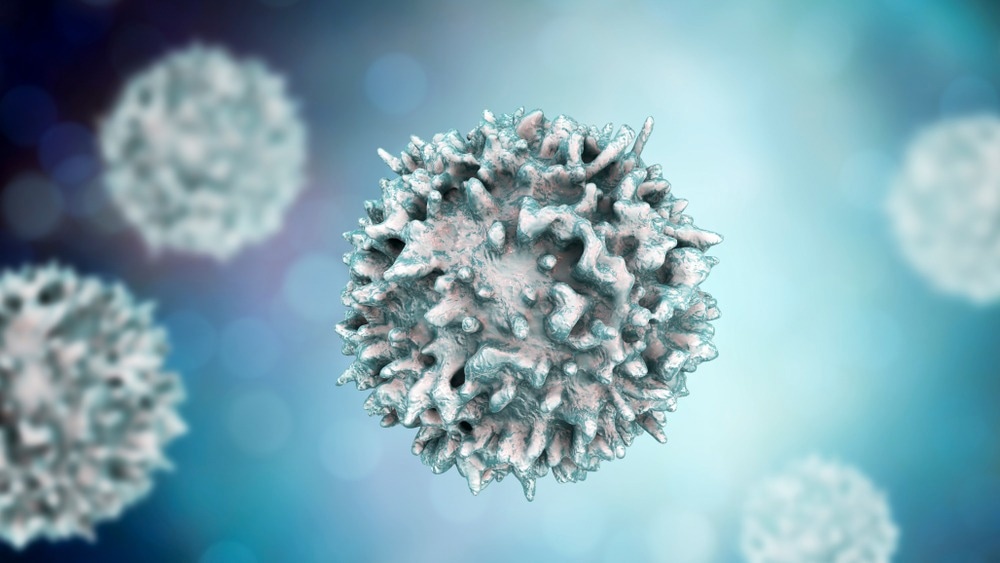Although food allergies have been prevalent for many years, their incidence has recently increased. In a recent study, scientists reviewed the latest technological advancements and T cell epitope discovery associated with food allergy. This review is available in the Journal of Allergy and Clinical Immunology.
 Study: T-cell epitope discovery and single-cell technologies to advance food allergy research. Image Credit: Kateryna Kon/Shutterstock
Study: T-cell epitope discovery and single-cell technologies to advance food allergy research. Image Credit: Kateryna Kon/Shutterstock
Food allergy and detection of food allergens
Food allergy is an atopic disorder that occurs due to an incorrect immune response to a harmless substance. Ingestion of food allergens can cause anaphylaxis, a severe and often life-threatening reaction. Some of the common food allergens are tin fish, soy, milk, peanuts, shellfish, tree nuts, and wheat.
The standard diagnostic method to detect food allergens is a double-blind, placebo-controlled food challenge. This oral food challenge method is extremely dangerous and requires highly skilled professionals only. Other diagnostic methods involve skin prick tests and estimation of immunoglobulin (Ig) E levels. Although these methods cannot predict clinical reactivity, they shed light on allergen sensitization.
The US Food and Drug Administration (FDA) recently approved oral immunotherapy (OIT) for peanut allergy; however, this treatment is only effective for patients with mild allergic reactions.
Food allergy and immune responses
To develop improved methods to diagnose and treat patients with food allergies, there is a need for a better understanding of the immunogenic mechanisms associated with food allergies. Typically, food allergies have been categorized as IgE-mediated, non–IgE-mediated, or mixed IgE- and non–IgE-mediated.
Antigen-specific T-cells are inherently associated with both sensitization and tolerance to food allergens in IgE and non–IgE-mediated forms of the disease. During IgE-mediated food allergy, antigen-specific CD4+ T-cells activate the TH2 phenotype, which can produce cytokines (IL-4, IL5, and IL-13). In addition, these are also associated with B-cell production of IgE and cause degranulation of basophils, eosinophils, and mast cells, resulting in allergic symptoms. In the case of a severe reaction, anaphylaxis occurs. Non–IgE-mediated food allergy is a rare type of food allergy mediated by allergen-specific T-cells.
Improved characterization of the phenotypic markers of allergen-specific T-cells would augment the opportunities to develop effective diagnostics and treatment for food allergies.
The role of single-cell technology and T-cell epitope discovery in food allergy
Very few studies related to allergen-specific T-cells are available due to the low frequency of these cells in the blood. Developing new experimental assays, such as antigen-specific cell selection assays (e.g., antigen-reactive T-cell enrichment assay, cytokine secretion assay, and MHC class II tetramers assay) coupled with single-cell genomic, epigenomic, and immune repertoire sequencing, have paved new avenues for scientific discoveries.
These advanced methodologies enabled the identification, isolation, and characterization of low-frequency T-cell populations that determine the disease status. The preferable antigens are specific peptide epitopes, easily reproducible and delivered as individual peptides or peptide pools. Previous studies based on non-allergic diseases have shown that instead of utilizing the crude extract, it is beneficial to use peptide epitopes to characterize antigen-specific T-cell responses.
Although only a few food allergen epitopes have been discovered at present, it is a fast-growing field of research. The discovery of more T-cell epitopes for different food allergens will help better characterize antigen-specific T-cell profiles. Comparison of different antigen-specific T-cell profiles of specific antigens and correlating them with an individual’s allergic disease status will shed light on the similarities and dissimilarities in the T-cell phenotypes in food allergies.
Recent advancements in food allergy research
Recently, new TH2 effector and follicular subtypes have been identified, which are associated with potential functional consequences in the pathogenesis and severity of the allergic reaction. The role of the allergen-specific regulatory T (Treg) cell population in food tolerance has also been studied. Longitudinal tracking of T-cell subsets in different stages of food allergies and tolerance development can identify biomarkers for diagnosis and targets for treatment.
OITs for different food allergens have been developed, which involve the introduction of oral allergen doses in a gradually increased manner to induce desensitization. This would protect an individual from accidental ingestion of allergens. Alterations in the transcriptional and phenotypic signatures of antigen-specific T-cells were detected for OIT. A successful OIT changes the phenotype of TH2 cells, driving them to a more anergic or regulatory state.
Food antigen-specific T-cells at baseline can be extremely beneficial in predicting the efficacy of treatment. Advancements in single-cell T-cell receptor (TCR) sequencing combined with transcriptome analysis have provided enormous opportunities to identify and characterize TCR repertoires of allergen-specific T-cells.
Conclusions
The current review has highlighted the recent discoveries in T-cell epitopes in food allergy. Technological advancements, particularly single-cell sequencing techniques, have helped identify food allergen-specific T-cells and characterize their phenotype. Advancements in research and analytical techniques continue to make the development of effective treatments for food allergies possible.